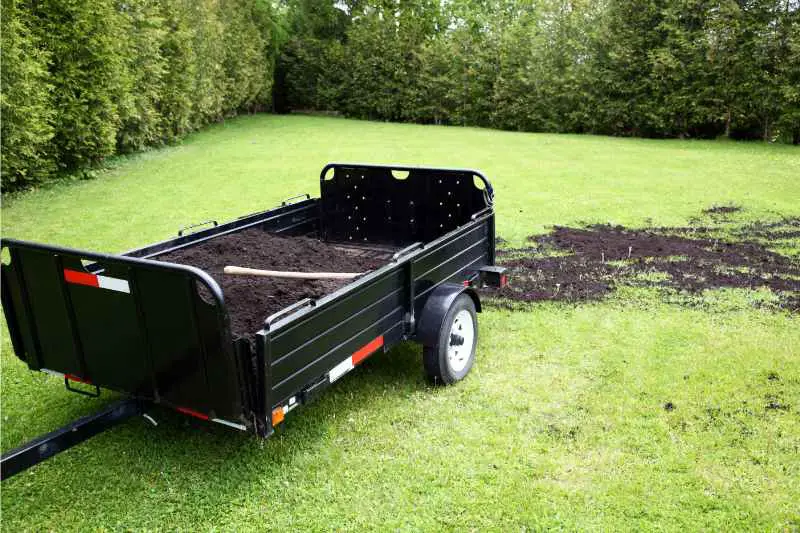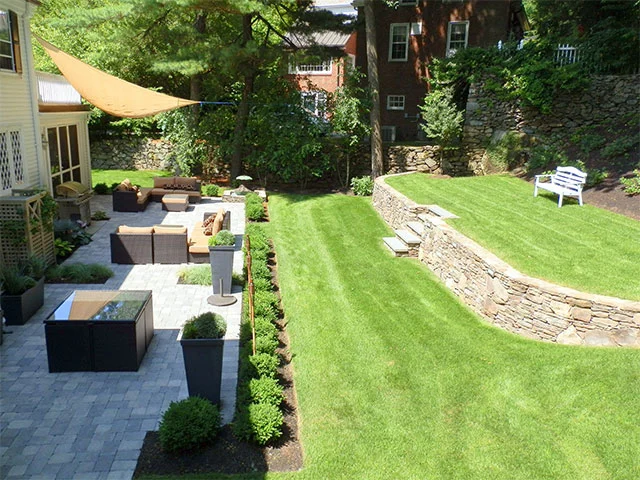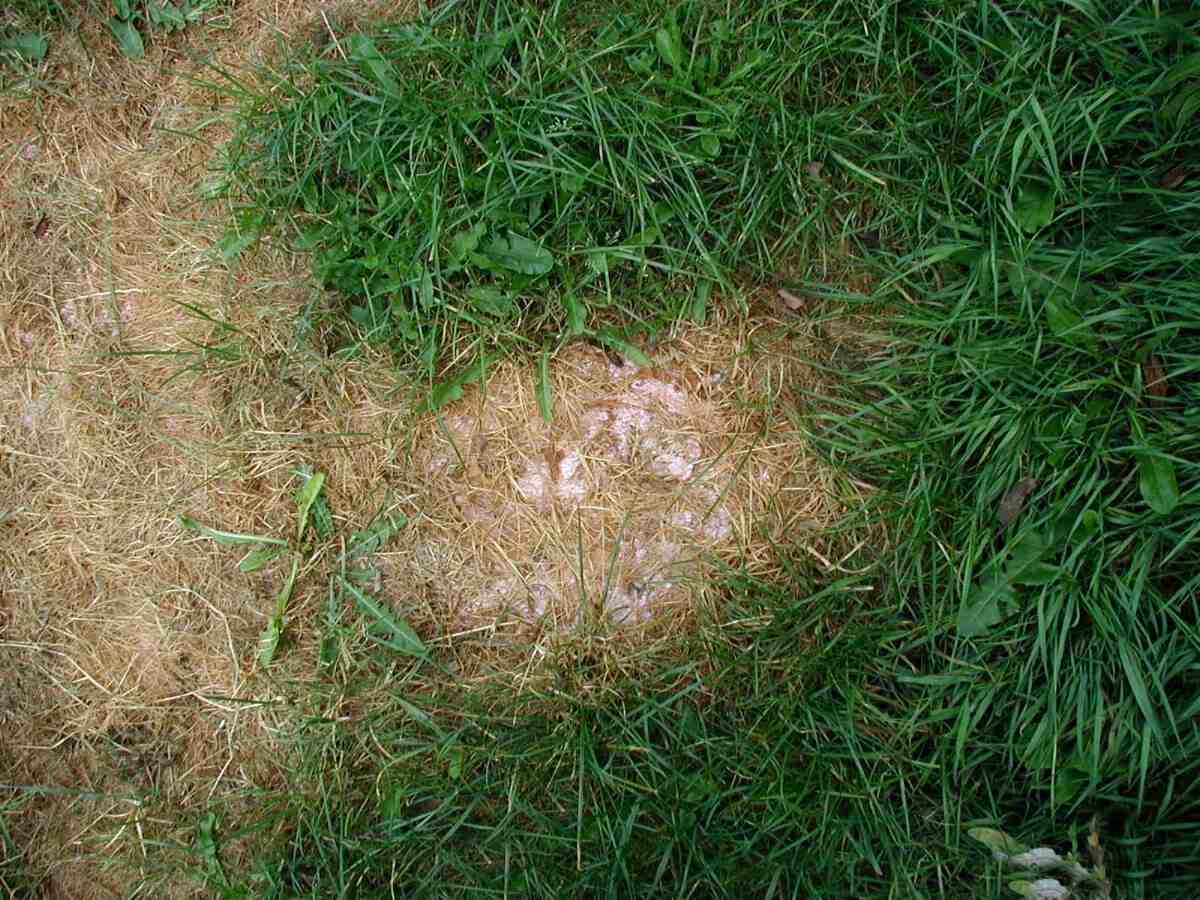How Much Top Dressing for 100m2?
Last Updated on June 30, 2025 by Duncan
Top dressing is the application of dirt or compost to the surface of your grass. Doing this helps you to grow a thicker, lusher sward across the entire lawn while also providing you with an opportunity to restore any lawn patches and damaged areas.
Top dressing evens out the lawn surface, making other maintenance activities easier. By leveling out hollows with top dressing, the lawn mower can trim grass blades to a consistent length, making the lawn look consistent and neat.
If your lawn is extremely uneven, top dressing can help prevent surface skimming, which occurs when some areas of grass are trimmed down to the soil, resulting in barren patches.
Filling in the gaps, which may require numerous treatments if they are deep, allows the treated areas to grow new grass before being top dressed again.
Using top dressing replenishes nutrients in the grassroots. This stimulates organic activity around the grassroots, which naturally reduces compaction and increases airflow.
This results in healthier grass that can endure common garden pressures like excessive use and inclement weather.
How much top dressing for 100m2?
If you have determined that you need to top dress your lawn, you must be wondering how much top dressing you need for 100m2, right?
To apply a layer around ¼” or 1cm deep, use approximately 1m3 per 100m2 of lawn. This translates to about one bulk bag every 10m × 10m lawn.
To shed more light on the topic, the table below illustrates how much topdressing material you’ll need to top dress your grass at various depths. If you have a troublesome lawn, it may take many treatments to introduce enough material to meet your needs.
| Volume of Soil Needed to Top dress 1,000 Square Feet | |
| Depth of topdressing (inches) | Volume of soil required (cubic yards) |
| 1/8 inch | 0.40 |
| 1/4 inch | 0.77 |
| 3/8 inch | 1.14 |
| 1/2 inch | 1.54 |
| 5/8 inch | 1.91 |
| 3/4 inch | 2.31 |
How to apply your top dressing
Begin the top dressing process in early spring by aerating and then trimming the lawn. Gently rake the grass to remove any leaves and debris, and loosen any densely thatched or bare sections to allow the top dressing to reach the soil.
If you have access to a Verticutter, which is commonly available in professional settings, you can use it to cut stolons and break up thatch. Similarly, you can use a lawn groomer before top dressing to trim horizontally growing grass blades that a mower would ordinarily miss.
Both of these actions are intended to open up the area just above the soil surface and improve the action of the top dressing.
Start top dressing in one corner of the garden and treat a little piece at a time, stepping backward to avoid walking on previously treated areas. Use protective gloves to apply the top dressing, a little at a time.
It is easier to add more if necessary than to remove it after adding too much. Using both sides of a garden rake, gently and smooth the top dressing into the holes and hollows.
In the deepest natural hollows, aim for a top dressing depth of no more than 1 cm (1/2″). Existing grass tips should still be visible through the top dressing so that it can continue to grow. If you have any leftover top dressing, put it in a bag and save it for later.
Once you have topdressed the entire lawn, use a soft sprinkler to encourage new growth. After a few days, carefully rake the surface again to detect and smooth any irregular lumps and hollows.
When not to top dress your lawn
As much as top dressing your lawn comes with plenty of perks, there are some situations when you shouldn’t top dress your lawn. As a rule of thumb, avoid top dressing it during winter or in the middle of summer.
The reason for this is that in winter, the grass isn’t growing rapidly, and you need your grass to grow quickly for you to do any type of top dressing. In the middle of summer, it’s most likely too hot, and the grass might not be ready for any form of disturbance at this time.


